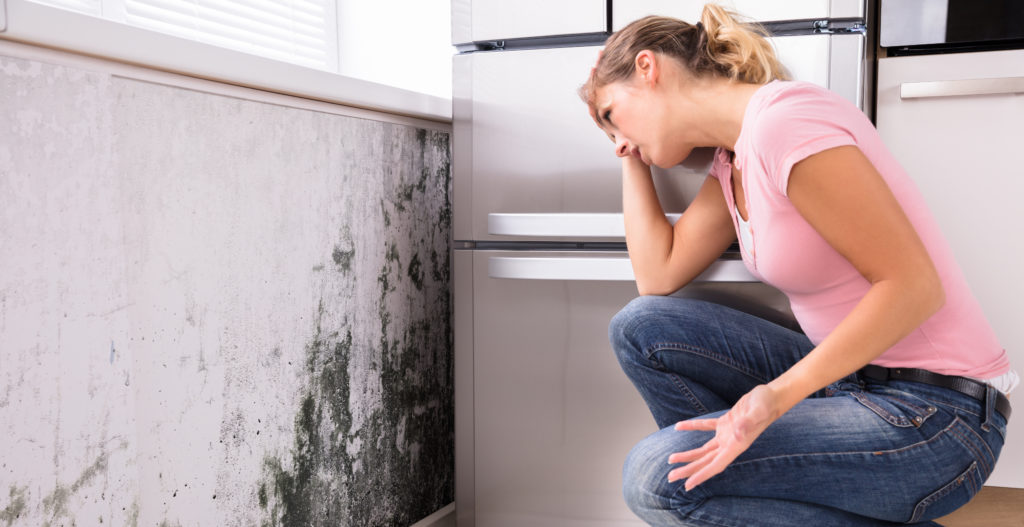Unlike seasonal allergy sufferers, people with mold allergies can encounter issues year-round. Take these steps to avoid problems.
People who have an allergy to mold will usually experience the same symptoms of other allergic reactions—runny nose, sneezing, itchy dry skin and congestion—but there are some key differences.
Unfortunately, mold exists almost everywhere but is most likely to grow around moisture and oxygen, including such places as decaying logs and fallen leaves located in shady areas. Mold can also be found in mulch, compost piles and hay. It can even attach to grains such as wheat, oat, barley and corn found on farms, in grain bins and silos.
The Weather Connection
People with pollen allergies are able to plan activities around pollen counts. Mold counts are different, largely because mold spores spread in relation to weather conditions and time of day. In fact, the number and types of mold spores present may change considerably within a 24-hour period. Also, when weather changes decrease the count of one type of mold, it often increases the count of another type. For example:
- Although rain washes many larger spores out of the air, it also can cause some smaller spores to disperse.
- Some mold releases their spores in dry, windy weather, while others need high humidity, fog or dew for spore release.
- Spore populations also thrive at different times of the day. Dry spore types favor the daytime, while wet spore types multiply in the evening.
LIVING WITH MOLD ALLERGIES
Follow these tips to help reduce your risk of mold allergy complications:
- Avoid raking leaves, mowing lawns, or working with peat, mulch, hay or dead wood if possible. Otherwise, wear a mask and only work outdoors on cool, less-humid days.
- Clean or replace shower curtains frequently.
- Check faucets, pipes and ductwork for leaks.
- Don’t carpet bathrooms or other damp rooms.
- Remove plants from your home.
- Remove decaying debris from the yard, roof and gutters.
- Use a dehumidifier or air conditioner to maintain relative humidity below 50%.
- Use a mix of water and chlorine bleach to kill mold in bathrooms, areas with dry rot, trash cans and on damp walls.
- Use mold-proof paint and avoid wallpaper.
- Vent air from bathrooms and clothes dryers to outside.
- When turning on air conditioners, leave the room for a few minutes as mold disperses. If you are in a car, roll down the windows for a couple of minutes.
